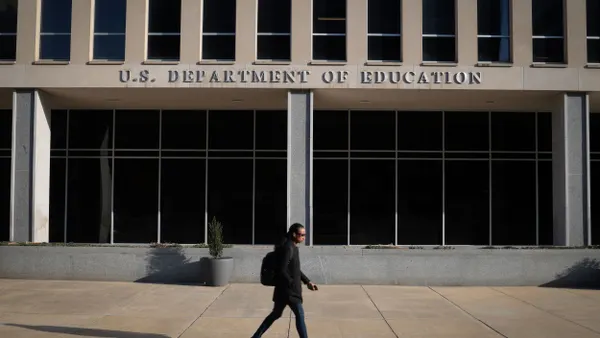Schools today are more aware of the need to weave LGBTQ curriculum into classrooms, whether that’s in history class or math. How to start? Luckily there are organizations that focus on just this goal — integrating LGBTQ curriculum year round. And a great place to start is actually with students.
“Teachers and students can learn together by exploring their lives, identities and contributions of LGBTQ people,” says Anna Davis, the communications manager for GSA Network, a nonprofit educational group. “In fact student leaders and GSA clubs are often at the forefront pushing for more inclusive lessons in their classes and may have more knowledge about LGBTQ stories than some of their teachers.”
Research shows that bringing LGBTQ curriculum into schools is a move that can help all students — not just those who identify as such. When LGBTQ-inclusive is taught on site, students are less likely to hear negative comments, less likely to miss school and less likely to not graduate high school, according to GLSEN, which focuses on educational resources for K-12 schools.
Inclusive curriculum
The group routinely produces a National School Climate survey — its most recent in 2015 — which found that 42% of LGBTQ students who attended school with an LGBT-inclusive curriculum had peers who were “very accepting of LGBTQ students,” according to the report.
“We’ve found in our research and practices that LGBTQ curriculum can benefit all students by exposing them to more inclusive and accurate accounts of history,” says Becca Mui, education manager for GLSEN. “It also helps them have a better understanding of diversity and encourages them to question stereotypes.”
While organizations including GLSEN and GSA Network have online lesson plans that can be adopted for classrooms, nothing replaces the support educators get from their administrators. To Mui, having the backing from superintendents, principals and curriculum designers ensures not only that children have access to the same material but teachers get assistance they need as well.
Top down support
Mui notes that since the 2016 election, teachers who had been teaching LGBTQ-inclusive curriculum have been facing more pushback, while others are asking for more help in weaving LGBTQ materials in their instruction. But without feeling like they have the backing of their administration, teachers are sometimes reluctant to take that step.
“Educators who aren’t given enthusiastic permission from their administrators are not as likely to implement these lessons,” she says. “So making sure these lessons are brought into the entire system is important so it’s not happening on just a classroom-by-classroom basis.”
That’s not to say that there aren’t steps teachers can take on their own to promote more inclusivity. The nonprofit GSA Network, for example, suggests using gender-neutral language when writing up word problems or assignments, or even adopting LGBTQ terms “such as two people have…or one man and his partner,” notes Anna Davis, GSA Network’s communications manager. It's crucial to not approach LGBTQ curriculum as something “unique or extra,” Davis says by email. This can be done by taking the step of removing gendered identifiers from word problems in math class, for example. Or having teachers who are working on research projects consider how to be inclusive when they’re collecting demographic data.
Having a point person in a school or district to work with teachers one-on-one as they weave LGBTQ curriculum in their classes is also a great option, notes GLSEN’s Mui. Having that kind of professional support and training is frankly the best way to bring what Debra Fowler and Miriam Morgenstern, co-founders of History UnErased, say is effective LGBTQ curriculum into classes.
“Leadership needs to understand that LGBTQ history is not about outing people in the past who may or may not have had same sex relationships,” they say. “But that is not LGBTQ history; that is gossip! This means that as an organization that trains teachers, we have to help them unlearn some of the prejudices or assumptions they bring into a workshop, and then give them the methods and strategies they can use to bring this erased history into their classrooms.”











